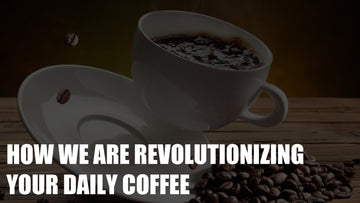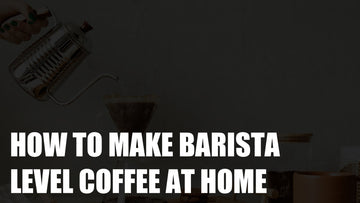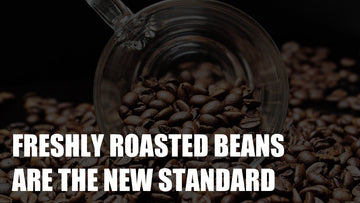
Pressure brewing, while not the oldest method, stands as one of the most renowned techniques for crafting coffee. Espresso and Moka (also known as stove-top) represent iconic examples, alongside the increasingly popular AeroPress embraced by Third-Wave enthusiasts.
In this method, boiling water is propelled through coffee grounds by pressurized steam. This dynamic interplay of heat and force results in rapid extraction times, with an espresso shot ready within twenty seconds—a stark contrast to the leisurely pace of the French Press, which demands up to five minutes.
What does pressure brewing impart to your coffee? It accentuates intense, darker flavor notes and yields a richer crema compared to alternative brewing methods. If you savor a swift and robust shot, pressure brewing aligns with your preferences. However, it tends to overshadow the subtler nuances of the coffee. Therefore, if you're indulging in a delicate Geisha blend, other methods might better showcase its complexity.
What grind should you use? All pressure-based approaches demand a fine to medium-fine grind to optimize extraction.

Steeping stands as the most ancient technique for brewing coffee. The process involves mixing hot water with coffee grounds, allowing them to mingle for a few minutes before separating the infused liquid from the soaked grinds. While seemingly straightforward, mastering the art of steeping requires some practice. Steep too briefly, and you'll end up with diluted brew; steep too long, and you'll encounter a harsh, acidic taste.
Several steeping devices exist, but we advise steering clear of most and opting for the ubiquitous French Press.
How does steeping impact your coffee? Once you've honed your skills, using a French Press for steeping can offer a delightful coffee experience. It grants you the flexibility to adjust the brewing process according to the specific beans you're using. Embrace the fact that even the finest French Press may leave behind some sediment—it's all part of the charm.
What grind should you use? Opt for a coarser grind to minimize sediment passage through the press's filter.

At its core, drip brewing embodies simplicity. Coffee grounds are placed in a filter, hot water is poured over them, and gravity, as per Newton's law, facilitates the slow percolation of coffee through the filter. Some drip methods include Chemex, Hario v60, and Cold Brew.
How does this method influence your coffee? The key lies in the details. Merely splashing hot water over coffee yields an undrinkable concoction. With drip brewing, precision matters. Initially, pour just enough water to allow the coffee to bloom for a few minutes. After this phase, gradually pour the remaining water. This meticulous process yields the desired result: a clean, light, and nuanced cup of coffee.
What grind should you use? There's no universal solution. The grind size varies based on factors such as the filter thickness and water temperature (for Hario V60, the ideal range is 91–94°C / 196–201°F). Experimentation is key. Starting with a medium grind and adjusting as needed is advisable to achieve the perfect brew.






